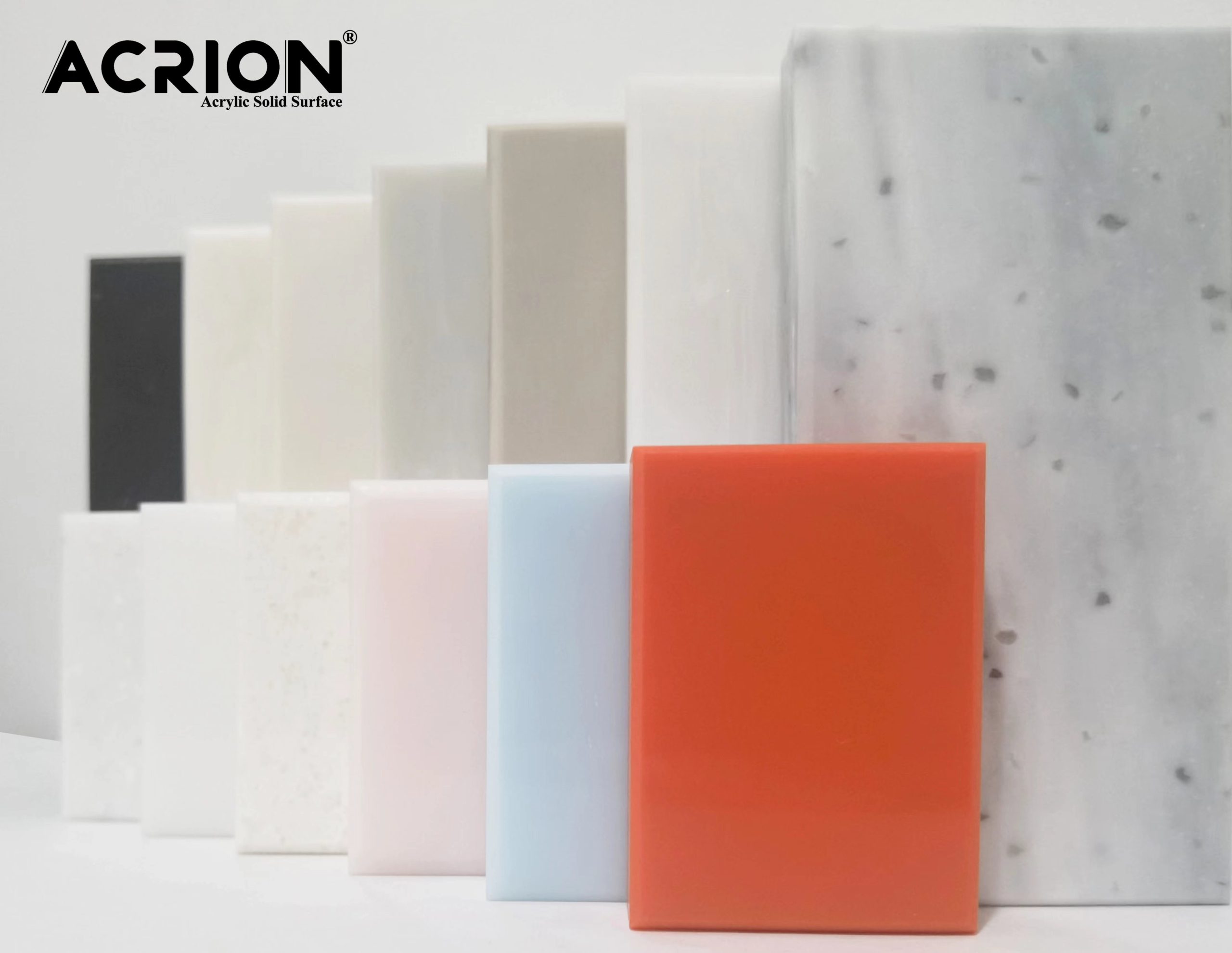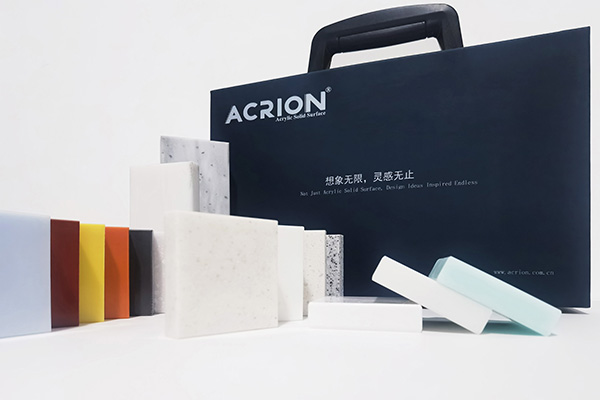The high-temperature resistance performance test of acrylic solid surfaces requires the design of a multi-dimensional evaluation scheme in combination with the material properties and actual application scenarios. In basic performance tests, solid content is one of the key indicators. Usually, the proportion of non-volatile substances in the coating is determined by the oven drying method or the centrifugal method. This parameter directly affects the density and thermal stability of the coating. For instance, after drying in a constant temperature oven at 105℃±2℃ for 2 hours and weighing the residual mass, the solid content can be calculated and the volume shrinkage tendency of the coating at high temperatures can be preliminarily determined.
Hardness testing can reflect the changes in the mechanical properties of coatings under high-temperature environments. Pencil hardness testers and Rockwell hardness testers are commonly used tools. During testing, the sample should be placed in an adjustable temperature oven, maintained at the target temperature for 30 minutes, and then quickly taken out. The hardness measurement should be completed within 5 seconds. For instance, by conducting step tests at three temperature points of 80℃, 120℃, and 150℃, and recording the changes in the depth of scratches on the coating surface, the influence of high temperature on the coating’s scratch resistance can be quantified.
The thermal adhesion test assesses the high-temperature adhesion of the coating by simulating actual working conditions. After the coating sample was dried in a standard environment, a step-up temperature rise test was conducted at a pressure of 5bar and a contact time of 1 second. The temperature gradually increased from 100 ° C to 240 ° C in steps of 10 ° C. Observe the peeling state of the coating after heating. The classification criteria include self-peeling, slight adhesion, and peeling requiring external force, etc. This test can directly reflect the changes in the interfacial bonding strength of the coating at high temperatures.
The adhesion test should be combined with the grid method and the impact test. The grid method uses a 6-edge cutting knife to form a 1mm×1mm grid on the coating surface, and the adhesion between the coating and the substrate is judged through a 3M tape peel test. For the impact test, a 500g heavy hammer was freely dropped from different heights to impact the coating, and the critical height of the coating cracking was recorded. Both tests need to be carried out immediately after being maintained at the set temperature for 30 minutes to assess the impact of high temperature on the cohesion strength of the coating.
Chemical resistance tests can verify the corrosion resistance at high temperatures. The coating samples were immersed in 5%NaOH solution, 10%H₂SO₄ solution and artificial sweat, and kept in a constant temperature water bath at 60℃ for 72 hours to observe the bubbling, discoloration and peeling of the coating. This test can simulate chemical erosion in a high-temperature and high-humidity environment and evaluate the protective efficacy of the coating under complex working conditions.
Microstructure analysis requires the aid of a scanning electron microscope. The cross-section of the coating after high-temperature treatment was subjected to gold spraying treatment, and the porosity, crack morphology and interface bonding conditions at 1000 to 5000 times were observed. For example, the coating treated at 120℃ may have microcracks at the level of 0.5-2μm, while the interlayer delamination phenomenon may be observed after treatment at 150℃. These microscopic defects directly affect the long-term thermal stability of the coating.
Dynamic thermomechanical analysis can quantify the variation of coating modulus. The DMA equipment was used to heat up at a rate of 3℃/min within the range of -50℃ to 200℃, and the curves of energy storage modulus and loss modulus were recorded. The energy storage modulus of typical acrylic coatings decreases by 30%-50% at 80℃, and a glass transition may occur at 120℃. This data provides a theoretical basis for the upper limit of the coating’s operating temperature.
Thermogravimetric analysis can determine the thermal decomposition temperature of the coating. The temperature was raised from 10℃/min to 600℃ in a nitrogen atmosphere, and the mass loss curve was recorded. Ordinary acrylic coatings start to decompose significantly at 250℃, while modified resin coatings may increase the decomposition temperature to above 300℃. This indicator is directly related to the high-temperature durability of the coating.
Practical application verification needs to be combined with specific scenarios. For example, in the coating test of the automotive engine compartment, it is necessary to simulate 100 cold and hot cycles from -40℃ to 150℃ to observe the changes in the glossiness of the coating. In the exterior wall coating test of buildings, a 500-hour ultraviolet light accelerated aging +80℃ high-temperature baking combined test is required to evaluate the degree of coating powdering. These tests can verify the matching degree between laboratory data and actual working conditions.
The test report should include the original data, image records and failure analysis. For instance, after being treated at 120℃, the pencil hardness of a certain coating decreased from 3H to 2H, the adhesion by the grid method dropped from grade 0 to grade 2, and the SEM showed 0.8μm microcracks. These data need to be comprehensively evaluated in combination with the application scenarios. For application scenarios with strict requirements, it is recommended to increase the number of thermal cycling tests or raise the test temperature gradient.



